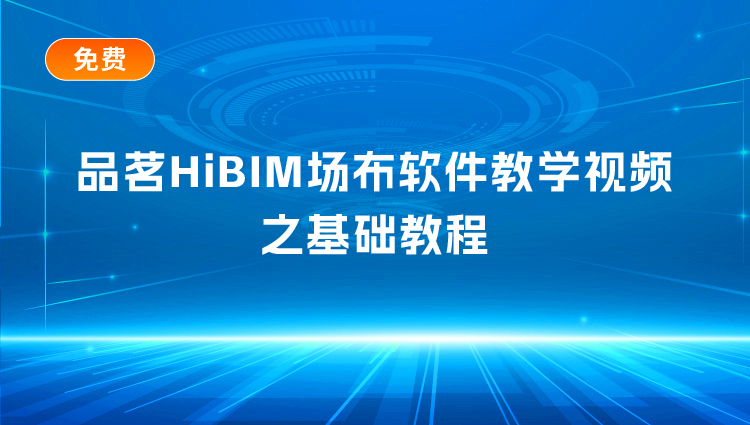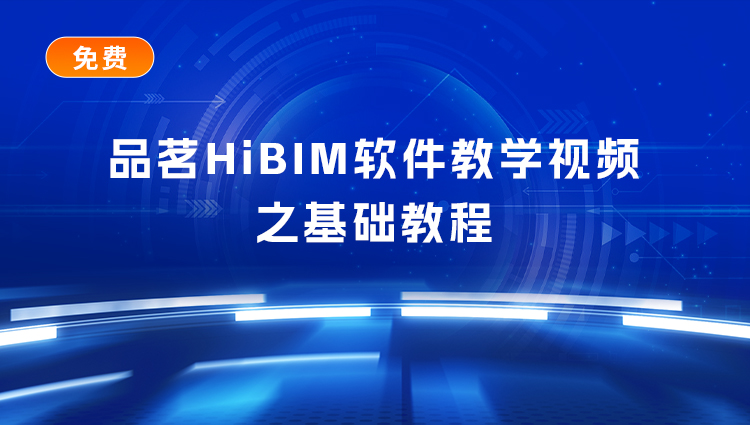* 主体类型
* 企业名称
* 信用代码
* 所在行业
* 企业规模
* 所在职位
* 姓名
* 所在行业
* 学历
* 工作性质
请先选择行业
您还可以选择以下福利:
行业福利,领完即止!

下载app免费领取会员



▲北侧正透视North elevation perspective © 姚曜

▲室外北侧近景透视Close-up perspective of the north side © 姚曜
该项目位于北京朝阳区E50Park园区中,对一栋既有建筑进行改造,使其可承载咖啡厅兼办公的功能。
The project is located in E50Park, Chaoyang District, Beijing. An existing building was renovated to accommodate the functions of a cafe and office.

▲总平面图Master Plan © 姚曜

▲平面图Plan © 姚曜
原建筑是砖混结构,为了缩减预算,在不改动承重结构的前提下,设计首先对空间进行重新布局。原有承重墙限定出了一大一小两个空间。按使用需求,将西侧较大的空间作为咖啡区,东侧较小的作为办公区,并在咖啡和办公区之间隔出一处卫生间,原有的阳光房作为水平交通将三个功能串联起来。咖啡区用于满足日常就餐和举办形式多样的活动。设计将制作区置于咖啡区的西南角,使剩余空间完整适宜举办活动,打掉制作区北侧的窗下墙,并在其外增建门斗作为主入口,让顾客进来正对制作区。咖啡厅南侧原有砖墙上开有大小不一的窗洞和门洞,设计保留这道有特点的墙,并在两处门洞的位置对咖啡厅再划分,分成中间的长桌区和东侧的双人就餐区,同时在洞口墙的南北两侧设置吧台和休闲座椅。长桌区的家具设计成可自由组合移动的模块形式,以适应各类活动的使用场景。
The original building is a brick-concrete structure. In order to reduce the budget, the design re-arranged the space without changing the load-bearing structure. The original walls define two spaces. The larger space on the west side is used as the coffee area, and the smaller space on the east side is used as the office area. A toilet is set up between the two areas, and the original sun room is used as a horizontal traffic to connect the three functions in series. The coffee area is used to meet daily dining and hold various forms of activities. We placed the production area in the southwest corner of the coffee area to make the remaining space complete and suitable for holding activities. We knocked down the wall under the window on the north side of the production area, and built a door lobby outside it as the main entrance, so that customers can come in and face the production area. There are window and door openings of different sizes on the original brick wall on the south side of the coffee area. We retain this characteristic wall and pide the coffee shop into a long table area and a double dining area at the location of the two door openings. At the same time, a long bar and leisure seats are set up on the north and south sides of the wall. The furniture in the long table area is designed in a modular form that can be freely combined and moved to adapt to various scenarios.

▲室外南侧正透视 South elevation perspective © 姚曜

▲西侧正透视 West elevation perspective © 姚曜
改造前室内侧的墙面是抹灰或者裸露的红砖。抹灰面积过大显得室内昏暗,裸砖部分则较脏。设计用铲刀剥除局部的抹灰露出下面的砖纹理,并以白色粉刷让室内明亮起来。剩余抹灰处刷水泥原色涂料,表面罩清漆保护,保留原有水泥质感的同时,让原本粗糙起砂的表面光洁平整。
Before the renovation, the wall on one side of the room was plastered or exposed red bricks. The large area of the plastered area made the room dark, and the exposed brick part was dirty. I decided to remove the partial plastering to reveal the brick texture underneath, and paint it white to brighten the room. The remaining plastered areas were painted with cement color paint, and the surface was covered with varnish for protection, which retained the original cement texture while making the originally rough and sandy surface smooth and flat.

▲入口处向东看咖啡区 Looking east at the entrance © 姚曜

▲咖啡区看向南侧室外就餐区 Looking south from the coffee area © YalezR Coffee

▲咖啡长桌区 Long table area © YalezR Coffee

▲入口处看向制作区 Looking towards the production area from the entrance © YalezR Coffee

▲咖啡制作区Coffee production area © YalezR Coffee

▲长桌区看向制作区 Looking from the long table area to the production area © YalezR Coffee

▲伞下看长桌区 Looking at the long table area under the umbrella © kiki

▲双人就餐区 Dining area for two © kiki

▲入口向东看 Looking east from the entrance ©小C师姐

▲北侧凸窗处的就餐位 Dining area at the bay window on the north side © 猫易十四

▲咖啡区东北角 Dining area at the bay window on the north side © 猫易十四
原本室内地面有地砖,已老旧破损,设计决定平整后在上面做微水泥面层,并用红砖强调出入口制作区、中间长桌区和东侧双人区。红砖还垂直延伸到吧台的侧板上,给室内增添了温暖的色调。原有门窗洞口凹凸不平,设计采用深灰色金属板包口,强调出洞口轮廓线。设计在北立面和西立面上加建了凸窗。建筑的北面作为向园区展示的主立面,其朴实的红砖与黑色金属和玻璃的碰撞,展现出新旧之间的对比。北侧屋檐处增加黑色雨棚,在下方地面铺砌灰砖,限定出一个半室外的就餐区域。建筑的南面是通透的阳光房,并作为对外展示的橱窗,走过的行人可看到里面延墙布置的座椅,窗台上的陈设,精心打理的盆栽。客人坐在阳光房里还可以看到一路之隔的另一处室外就餐区,那里用红砖和混凝土打造了一处下沉座椅区。C字形的座位紧邻着一颗大树并围绕着一处火塘,天气好的时候人们可以坐在树下看书,冬天寒冷的时候可以围坐在这里烤火。
The original indoor floor had floor tiles, which were old and damaged. The design decided to flatten them and then make a micro-cement surface layer on them, and use red bricks to emphasize the entrance bar area, the middle long table area and the double area on the east side. The red bricks are also laid vertically on the side panels of the bar, adding a warm tone to the interior. The original door and window openings were rugged, so I used dark gray metal plates to cover the openings to emphasize the outline lines. The design added bay windows on the north and west facades. The north side of the building is the main facade displayed to the park. Its simple red bricks collide with black metal and glass, showing the contrast between the old and the new. I also added a black canopy to the north eaves and paved the ground below with gray bricks to define a semi-outdoor dining area. The south part of the building is a transparent sun room, and as a display window, people passing by can see the seats arranged along the wall, the furnishings on the windowsill and potted plants. Sitting in the sun room, guests can also see another outdoor dining area across the road, where a sunken seating area is built with red bricks and concrete. The C-shaped seats are next to a big tree and surround a fire pit. When the weather is good, people can sit under the tree and read. When it is cold in winter, they can sit around the fire.

▲沿洞口墙的吧台 Bar along the wall © YalezR Coffee

▲长桌的近景 Close view of the long table © YalezR Coffee

▲吧台看向制作区 View from the bar to the production area © YalezR Coffee

▲阳光房看向办公区 Looking towards the office area from the sunroom © 小C师姐

▲阳光房看I人位 Looking west from the sunroom © kiki

▲阳光房窗口特写 Close-up of lounge table by window in sunroom © YalezR Coffee

▲室外下沉座位区 Outdoor sunken seating area © YalezR Coffee

▲南侧室外就餐区 Outdoor dining area on the south side © YalezR Coffee

▲北侧室外檐下就餐区 Outdoor dining area on the north side © YalezR Coffee
总体而言,这一咖啡厅试图打造松散、简单且有趣的氛围。松散表现在没有网格控制或强加的对位关系,原有建筑保留下来是什么样就尽量还原成什么样;简单表现在空间处理的直接、材料与构造的简化上,多利旧少增加,从而控制造价;有趣表现在装载了各式各样的陈设和装饰,这得力于投资方一璐环行的王璐女士及她的团队,用丰富的物件、精心的布置,让简单的空间不单调,处处充满趣味,值得玩儿味。
In general, this cafe attempts to create a relaxed, simple and interesting atmosphere. Relaxation is reflected in the lack of grid control or strict correspondence, and the original building is preserved as much as possible; simplicity is reflected in the directness of space transformation, simplification of materials and structures, and more use of the old and less addition, so as to control the cost; fun is reflected in the various furnishings and decorations that are worth savoring. This is thanks to the careful arrangement of the investor, Ms. Wang Lu and her team, who make the simple space not monotonous, but full of fun and worth savoring.

▲剖透视Section Perspective © 姚曜
项目名称:YalezR咖啡馆设计
项目类型:既有建筑改造
项目地点:北京朝阳区E50Park W10-03
建成状态:建成
设计时间:2024年1月
建成时间:2024年3月
用地面积:320平米
建筑面积:210平米
设计单位:一苇(北京)建筑规划设计有限公司
设计团队:姚曜 小陈 吴工
客户:一璐环行
摄影师:姚曜,YalezR Coffee,kiki,小C师姐,猫易十四
Project name: YalezR Cafe Design
Project type: Existing building renovation
Location: E50Park W10-03, Chaoyang District, Beijing
Status: Completed
Design time: January 2024
Completion time: March 2024
Land area: 320 square meters
Gross built area: 210 square meters
Design: Iway Architects and Associates
Design team: Yao Yao, Chen, Wu
Client: 一璐环行 YalezR Cafe
Photographer: Yao Yao, YalezR Coffee, kiki, 小C师姐, 猫易十四
来源:本文由一苇(北京)建筑规划设计有限公司提供稿件,所有著作权归属一苇(北京)建筑规划设计有限公司所有。
本文版权归腿腿教学网及原创作者所有,未经授权,谢绝转载。

- BIM建筑|2024,让我们印象深刻的摄影
- 建筑赏析|砖筑微塔,共筑梦想——雅加达共享微塔揭秘
- 建筑赏析|乐高灵感碰撞混凝土,狭小地块上建大房子
- 建筑赏析|苏州HorsCategorie骑行俱乐部
- BIM建筑|融汇运河文脉与宋韵风华,共筑嘉兴文商旅融合新地标 / 上海三益
- BIM建筑|湘南工科大学附属高中图书馆 / kousou + Fukei Co.
- 建筑赏析|千百度国际控股总部&研发中心/MAS
- 建筑赏析|动态建筑ArchitectinMotion:解锁空间生命力!
- 建筑赏析|明明是新房子,咋来的老味道?|瓦屋住宅TileRoofHouse
- BIM建筑|瑞典Frihamnskyrkan教堂 / Elding Oscarson







































